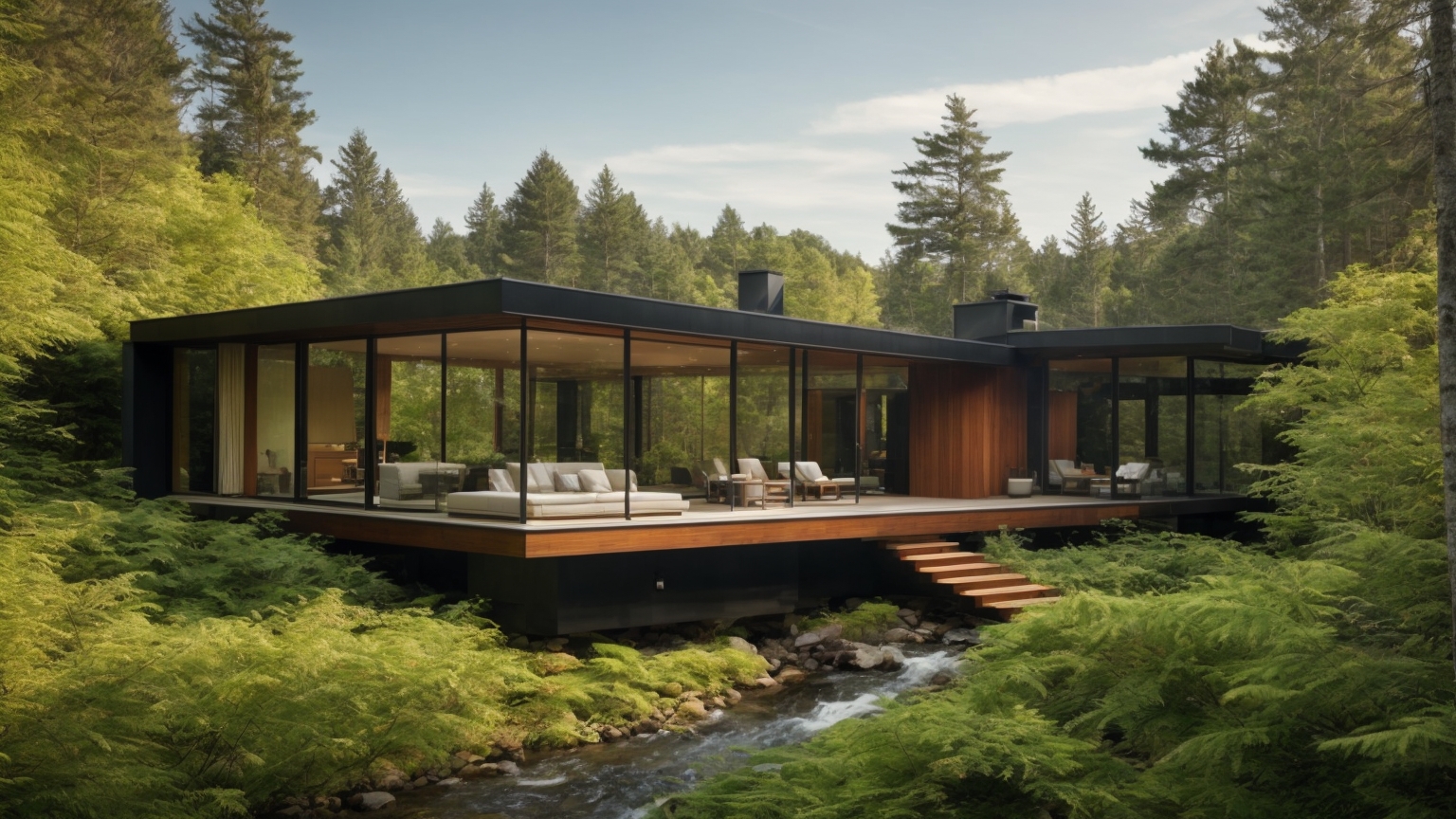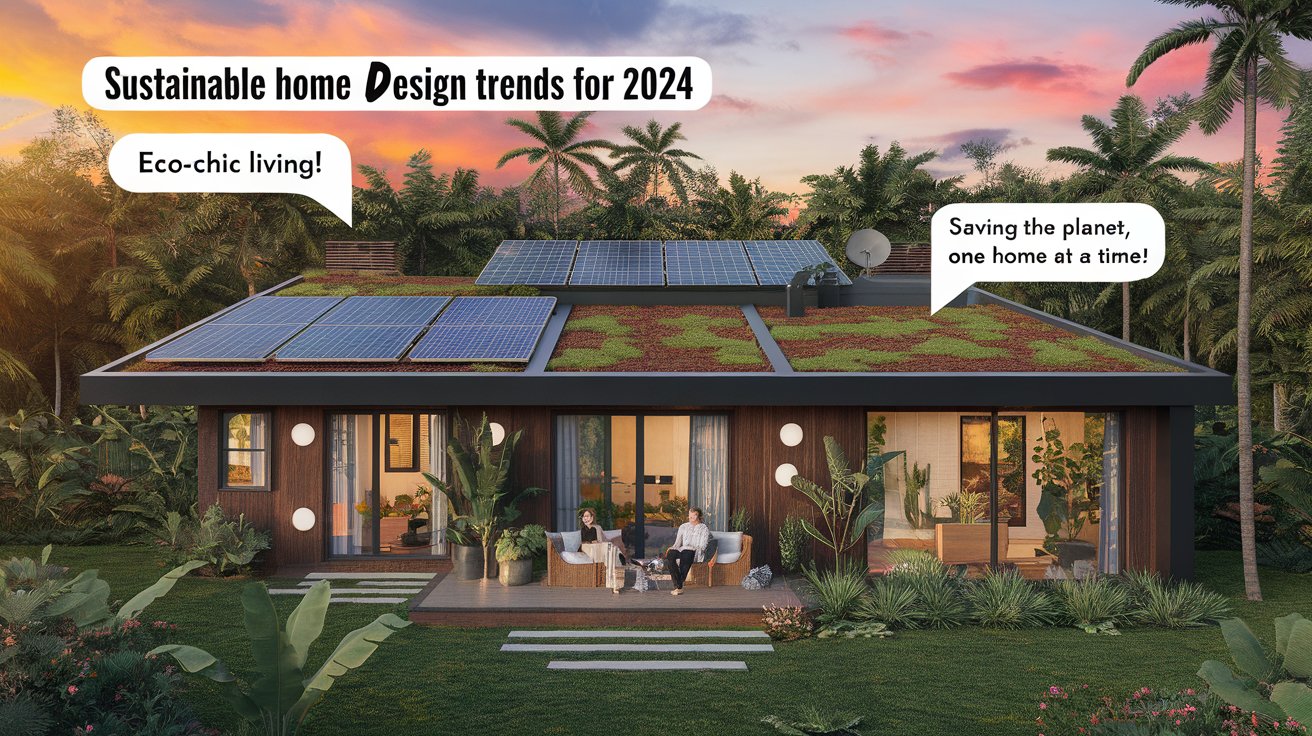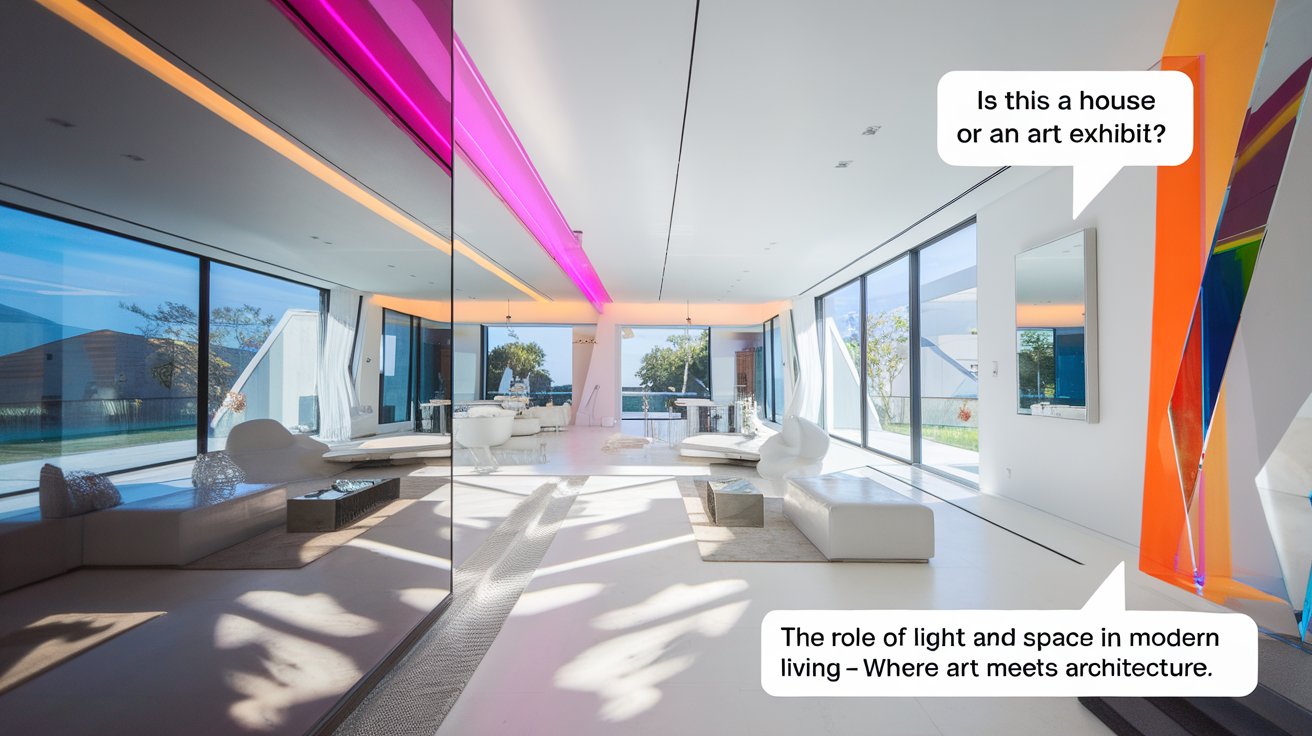Introduction
Nature-inspired interior design is more than a trend—it’s a way to transform living spaces into sanctuaries of well-being and tranquility. By incorporating biophilic elements such as natural light, greenery, and earthy tones, homeowners can bridge the gap between indoors and the natural world. This approach not only elevates the aesthetic appeal of a home but also fosters mental and physical health benefits, including reduced stress and improved focus.
Sustainability plays a key role in these designs, emphasizing the use of natural, eco-friendly materials like reclaimed wood, bamboo, and stone. Whether through subtle changes like adding potted plants or grander features like living walls, nature-inspired interiors offer a timeless solution for creating serene, restorative environments that resonate with our innate connection to the outdoors.
Key Takeaways
- Nature-inspired interiors blend aesthetics with well-being, creating calming and restorative living spaces.
- Biophilic design enhances mental clarity and reduces stress through elements like greenery and natural light.
- Sustainability is central to these designs, emphasizing eco-friendly materials such as bamboo and reclaimed wood.
- Earthy tones and textures evoke a connection to nature, adding warmth and serenity to interiors.
- Small changes, like adding indoor plants or maximizing sunlight, can transform spaces into natural havens.
- Nature-inspired interiors promote mental and physical wellness while reducing the environmental footprint.
Enhancing Well-Being Through Nature-Inspired Interior Design
Nature-inspired interiors prioritize well-being by seamlessly connecting indoor spaces with the natural world. Incorporating biophilic design elements like greenery, natural light, and textures mimicking the outdoors can evoke calm and reduce stress. These designs align with the rising trend of using natural materials like wood and stone for their soothing properties. Interior designers emphasize the use of earthy tones and botanical accents to resonate with the serene hues of nature. By integrating these features, homeowners can create interiors that not only feel more vibrant but also foster mental well-being, offering a refreshing escape from the sterile and overly modernized aesthetics.

The Psychological Benefits of Biophilic Design
Biophilic design has been shown to reduce stress and enhance mental clarity. By incorporating natural elements like indoor plants and water features, homeowners can create spaces that evoke tranquility. Studies suggest that proximity to nature-inspired elements can improve focus and productivity while fostering emotional well-being.
How to Incorporate Biophilic Elements into Everyday Spaces
Small adjustments, like adding potted plants or using botanical wallpaper, can have a big impact. Opt for textures and materials that mimic the outdoors, such as rattan furniture or stone tiles. Even in small apartments, thoughtful placement of greenery and natural light can create a refreshing oasis.
Simple Ways to Bring Nature Indoors
1. Add Greenery to Every Room
Incorporate a variety of indoor plants, from large statement pieces like fiddle leaf figs to compact succulents for shelves and tables. These not only enhance the visual appeal but also improve air quality.
2. Maximize Natural Light
Open up curtains and blinds to allow more sunlight into your home. Consider installing skylights or large windows to create a brighter, more inviting atmosphere.
3. Use Earthy Colors and Textures
Choose a palette of warm browns, soft greens, and muted beiges. Incorporate tactile materials like jute rugs and linen cushions to create a cozy, natural feel.
4. Include Natural Materials in Furniture and Decor
Opt for furniture and accessories made from sustainable materials like bamboo, reclaimed wood, or terracotta. These elements add depth and authenticity to your design.
5. Create a Focal Point with Nature
Install a living wall or an arrangement of hanging plants to serve as a centerpiece in your space. This feature makes a bold statement while keeping the design rooted in biophilic principles.
6. Bring Outdoor Views Inside
Rearrange furniture to make the most of outdoor views through large windows or glass doors. This visual connection to nature enhances relaxation and creativity.

Incorporating Sustainable Materials in Biophilic Interiors
Sustainable materials are the cornerstone of biophilic interior design, blending functionality with environmental responsibility. Materials like reclaimed wood, bamboo, and terracotta contribute to an eco-friendly aesthetic while maintaining durability. Green walls, made with live plants, not only enhance the design but also improve air quality. Designers are increasingly turning to locally sourced and handmade pieces to reduce carbon footprints. By choosing these materials, homeowners can infuse their spaces with textures and colors inspired by nature, all while contributing to sustainability and fostering a healthier indoor environment.

Top Sustainable Materials for Biophilic Homes
Bamboo, cork, reclaimed wood, and natural stone are popular choices for eco-conscious homeowners. These materials are renewable, durable, and versatile, making them perfect for flooring, furniture, and decor. Incorporating sustainable options reduces environmental impact while enhancing the interior’s natural appeal.
Choosing Handmade and Locally Sourced Decor
Supporting local artisans by selecting handmade pottery or reclaimed wood furniture adds a personal touch to biophilic interiors. These items not only reduce the carbon footprint but also infuse spaces with individuality and character. They are an excellent way to promote sustainability without compromising style.
Case Study: Transforming a Modern Apartment with Biophilic Design
A homeowner living in a compact urban apartment wanted to create a more calming and natural environment amidst the bustling city. With the help of a biophilic design expert, they transformed their space into a serene retreat by incorporating nature-inspired elements.
The design began with adding large indoor plants, such as a fiddle leaf fig in the living room and a collection of succulents on the kitchen counter. Natural materials like bamboo flooring and terracotta pots brought warmth and texture. To maximize natural light, sheer curtains replaced heavy drapes, and a strategically placed mirror amplified sunlight, making the small space feel larger and more inviting.
The final touch was an accent wall featuring a botanical print wallpaper and a handmade wooden shelf displaying potted herbs. This transformation not only elevated the apartment’s aesthetic but also improved the homeowner’s mental well-being by creating a soothing and vibrant indoor environment.
Maximizing Natural Light for a Calming Ambiance
Natural light is a transformative element in interior design, providing warmth and openness to indoor spaces. Large windows, skylights, and unobstructed views allow sunlight to fill the home, creating a soothing atmosphere. Strategic placement of mirrors can amplify natural light, while curtains in light, breathable fabrics can diffuse it gently. This design choice not only enhances the room’s ambiance but also boosts productivity and mental well-being. A well-lit interior inspired by natural surroundings bridges the gap between indoors and outdoors, offering a haven of serenity.

Design Tips for Letting in More Natural Light
Use large windows and strategically placed mirrors to amplify sunlight. Light-colored walls and airy curtains also help reflect and diffuse natural light, making spaces appear larger and more inviting. These simple strategies can transform a room’s ambiance.
The Role of Skylights in Biophilic Interiors
Skylights are an excellent way to introduce natural light into otherwise dim spaces. They create a connection to the sky, adding depth and tranquility to the interior. Pairing skylights with plants or earthy textures can further enhance the calming effect.
In every walk with nature, one receives far more than he seeks. — John Muir
Creating Indoor Havens with Earthy Tones and Greenery
Earthy tones and greenery are vital components for crafting cozy, nature-inspired interiors. Colors like warm browns, soft greens, and muted beiges mimic the outdoors, setting a calming tone. Incorporating indoor plants, such as ferns or succulents, adds vibrancy and promotes a connection with nature. Textures like jute rugs and handmade pottery contribute to a tactile and inviting environment. This design approach transforms living spaces into havens, making them not only visually appealing but also restorative for the mind and body.

Combining Earthy Tones for a Cohesive Look
Use a palette of warm browns, soft greens, and muted beiges to create a harmonious atmosphere. Pair these hues with natural materials like wood and jute to reinforce the earthy vibe. This design strategy ensures a space feels cohesive and grounded.
Incorporating Greenery for a Vibrant Interior
From towering indoor trees to compact succulents, greenery can breathe life into any space. Use plant stands or hanging planters to maximize their impact without overcrowding. Greenery not only enhances aesthetics but also contributes to better air quality and relaxation.
Conclusion
Nature-inspired interiors offer a harmonious blend of beauty, sustainability, and well-being, making them an ideal choice for modern homeowners. By incorporating biophilic design elements such as natural materials, greenery, and abundant natural light, these designs foster a calming ambiance and promote mental clarity. The use of earthy tones and textures further enhances the connection to the natural world, creating spaces that feel both inviting and rejuvenating.
As sustainability becomes increasingly important, choosing eco-friendly materials like bamboo, reclaimed wood, and terracotta not only benefits the environment but also adds depth and character to interior spaces. Whether through small adjustments or comprehensive redesigns, embracing nature-inspired interiors can transform any home into a serene retreat that nurtures both body and mind.

![CLOUDY BAY [6 Pack] 6inch Smart WiFi LED Recessed Lights,RGBCW Color Changing Recessed Lighting,Compatible with Alexa and Google Home Assistant,No Hub Required,15W 2700K-6500K,CRI90+ Wet Location](https://m.media-amazon.com/images/I/41H5465vC2L.jpg)




